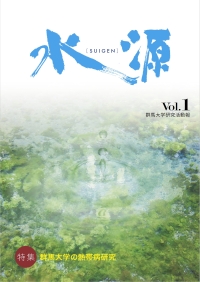

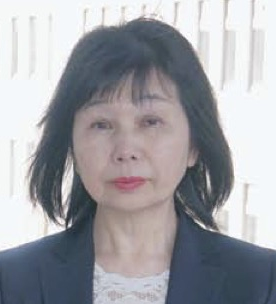 Finding
New Life Phenomena and Their Applications to the Treatment of
Tropical Diseases
Finding
New Life Phenomena and Their Applications to the Treatment of
Tropical Diseases Some cells die by a genetically determined
mechanism. It is called apoptosis. It's a mechanism for keeping
individuals in better shape. However, trypanosomes, parasites that
cause tropical diseases such as Chagas disease, have a strategy to
suppress host apoptosis and survive. Professor Shimada has
clarified this fact and studied the factors and inhibition
mechanism. She is also working on researching and developing
treatments for Chagas disease.
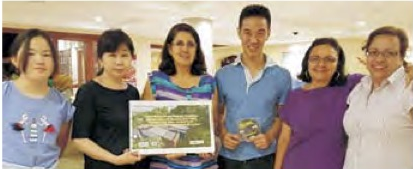
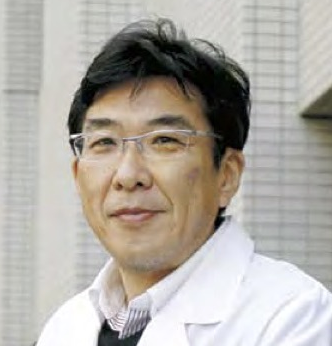
Malaria is an infectious disease caused by a parasitic protozoan called Plasmodium, which is transmitted by mosquitoes, and it is one of the three major infectious diseases alongside AIDS and tuberculosis. Professor Hisaeda is researching the interaction between the malaria parasite and the infected host, particularly focusing on the immune response. He was the first to report that mice infected with the malaria parasite exhibit significant changes in their gut microbiota, leading to an imbalance in the gut bacterial composition. His findings have paved the way for developing new prevention and treatment strategies for malaria. Collaborating with researchers from Gulu University in Uganda, he is investigating the impact of gut microbiota on the pathogenesis of malaria, with a focus on malaria patients.
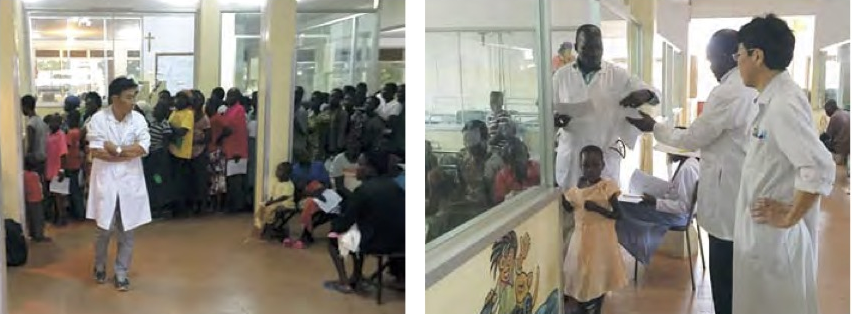
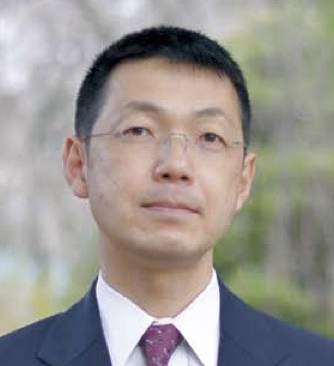
Malaria, even if antibodies are produced
through a single infection, gradually leads to a decline in
immunity, making it impossible to prevent subsequent infections
completely. However, in endemic areas, many residents maintain
their immunity by constantly being exposed to malaria. Therefore,
associate Professor Oku speculated that if the vaccine antigen
could be released gradually into the body, it might be possible to
maintain an immune state for an extended period. This concept
became the starting point for his vaccine research and
development.

The current Department of International Parasitology in the Graduate School of Medicine at Gunma University started by establishing the Parasitology Course from the Department of Hygiene in 1966. In 1976, Professor Mamoru Suzuki (currently an honorary professor) assumed the position.
During the mid-1960s to the 1970s, there was a belief among major countries that "infectious diseases could be eradicated shortly." However, the threat of infectious diseases, including tropical diseases, persisted, and the World Health Organization (WHO) emphasized the importance of tropical disease control in the late 1970s. It was during this time that Professor Mamoru Suzuki joined Gunma University. Since then, he has been at the forefront of tropical disease research at the university until he assumed the position of university president at the end of 2003, establishing it as one of the leading research centers in Japan. Gunma University consistently ranks among the top institutions regarding the number of research projects funded by the Grants-in-Aid for Scientific Research in Parasitology.
Professor Mamoru Suzuki is a malaria researcher leading tropical disease research at Gunma University for 27 years. He served as the Dean of the School of Medicine and Vice President of Gunma University before becoming the university president from December 2003 to March 2009. In addition, Professor Suzuki has held positions such as President of the World Federation of Parasitologists and Chairman of the Japanese Society of Parasitology, making significant contributions to tropical disease research and international medical cooperation worldwide.
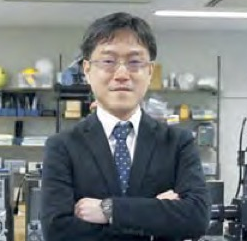
Associate Professor Oku has been researching high-speed image processing technology since his graduate school days. "fps" is the unit of camera shooting speed, indicating how many images are captured per second. The high-speed processing he is currently working on is about 30 times faster than the speed of television broadcasting. High-speed image processing can lead to new developments in various fields. He aims to optimize the entire system, including optical and lighting systems, and the technology of processing components, such as sensors, to accelerate image processing. He is studying the whole spectrum, from fundamental technologies to practical applications. He aspires to create next-generation media technology and provide users with new visual content that meets their needs.
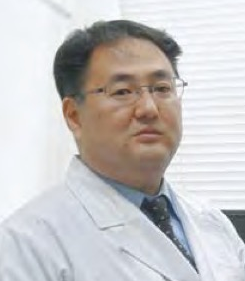
Associate Professor Koji Shibasaki has been researching to explore the relationship between brain function and diseases by focusing on the temperature sensor TRP, as he believes that the source of human intelligence is supported by the characteristic of maintaining a constant body temperature as a homeothermic animal. He also hypothesized that a constant temperature in the brain might be another factor contributing to human intelligence. Through his experiments, he discovered that the "temperature sensor TRPV4", which activates at 34℃, is highly expressed in the brain's nerve cells. He further determined that the continuous activation of TRPV4 at the brain's temperature of approximately 37℃ is crucial in facilitating the smooth operation of nerve cells. He became the first to elucidate the molecular mechanism that translates brain temperature as an information source and utilizes it in neural information transmission. In the fiscal year 2015, he launched a new field called "Temperature Biology" under the funding support of the Ministry of Education, Culture, Sports, Science and Technology's New Academic Field Research program. He aims to investigate further relationship between brain temperature and brain function at the molecular level, creating novel scientific and technological advancements from Japan.
In December 2016, the Center for Research on Adoption of NextGen Transportation System was established at Gunma University. This center aims to bring together research achievements across various faculties within the university and collaborate with local governments and companies to build and promote the next generation of transportation systems.
Currently, the most active project is the
implementation of autonomous vehicles in society. Autonomous
driving is a highly competitive field for many companies, but it
is not very sensible for the university to compete on the same
level as those companies. Our primary objective is not economic
benefits but to genuinely contribute to the lives of people in the
region. We envision creating a social system where companies can
profitably implement this technology. By doing so, we believe it
can become a sustainable system that permeates society, and we
consider presenting such solutions as part of the university's
mission. We sincerely hope for your support.
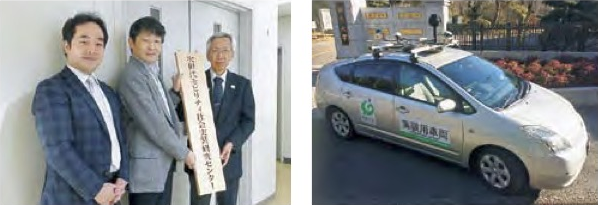 Experimental self-driving car
Experimental self-driving car
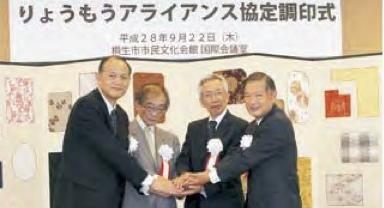 Gunma University (Maebashi City), Maebashi
Institute of Technology (Maebashi City), Ashikaga Institute of
Technology (Ashikaga City, Tochigi Prefecture), and Gunma National
College of Technology (Maebashi City) initiated a collaborative
alliance called "Ryomo Alliance" in September 2016. This alliance
aims to facilitate mutual referrals for analytical requests and
technical consultations received from companies by each
institution.
Gunma University (Maebashi City), Maebashi
Institute of Technology (Maebashi City), Ashikaga Institute of
Technology (Ashikaga City, Tochigi Prefecture), and Gunma National
College of Technology (Maebashi City) initiated a collaborative
alliance called "Ryomo Alliance" in September 2016. This alliance
aims to facilitate mutual referrals for analytical requests and
technical consultations received from companies by each
institution.
While each institution has been actively engaged in industry-academia collaboration and contributing to the local community, there have been challenges in meeting the expectations of local businesses due to the lack of specialized experts or appropriate analytical equipment to handle specific inquiries. By establishing this collaboration among the four institutions, we can ensure "comprehensive support for companies without overlooking any requests." This initiative, which involves national, public, and private universities and a national college of technology with different sponsoring bodies, is the first in the country to support local businesses in product development and technological advancement. We regard the strengths and characteristics cultivated by each institution as a shared asset of the Ryōmo region and aim to contribute to the region's overall vitality by returning those resources to the local community.
Gunma Prefecture is the heartland of the Tōkoku culture, which created the most significant number of ancient burial mounds in the Kanto region. Dr. Kizo Ozaki (1904-1978), an esteemed archaeologist and honorary professor at Gunma University, conducted excavations of over 270 burial mounds in the prefecture during the 1946 to 1970. Dr. Ozaki's research findings are currently preserved at the Faculty of Education of Gunma University, and his comprehensive excavation materials, consisting of archaeological artifacts, records, and photographs, are recognized as invaluable resources unparalleled nationwide.
In November 2016, in collaboration with the Gunma Prefectural Museum of History, the Library and Information Technology Center at Gunma University held the exhibition "Dr. Kizo Ozaki: The Father of Burial Mound Excavations in Gunma - Discovering the History of Excavations and Surveys in Gunma Prefecture." The exhibition was highly acclaimed.
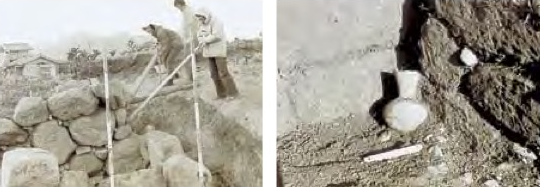
Excavation site
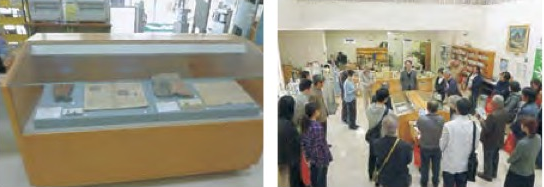
At the exhibition